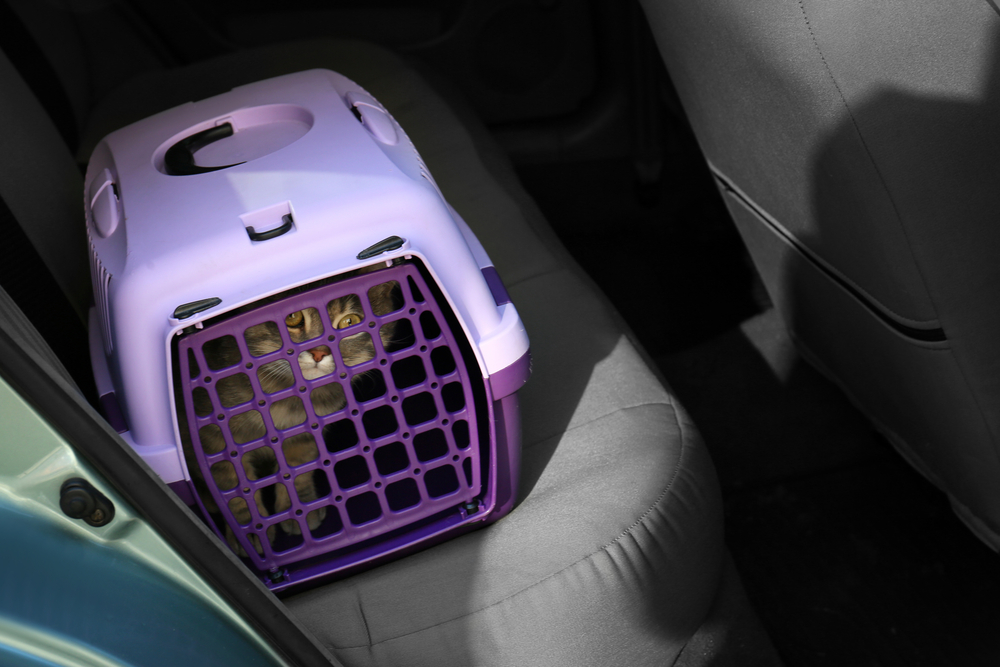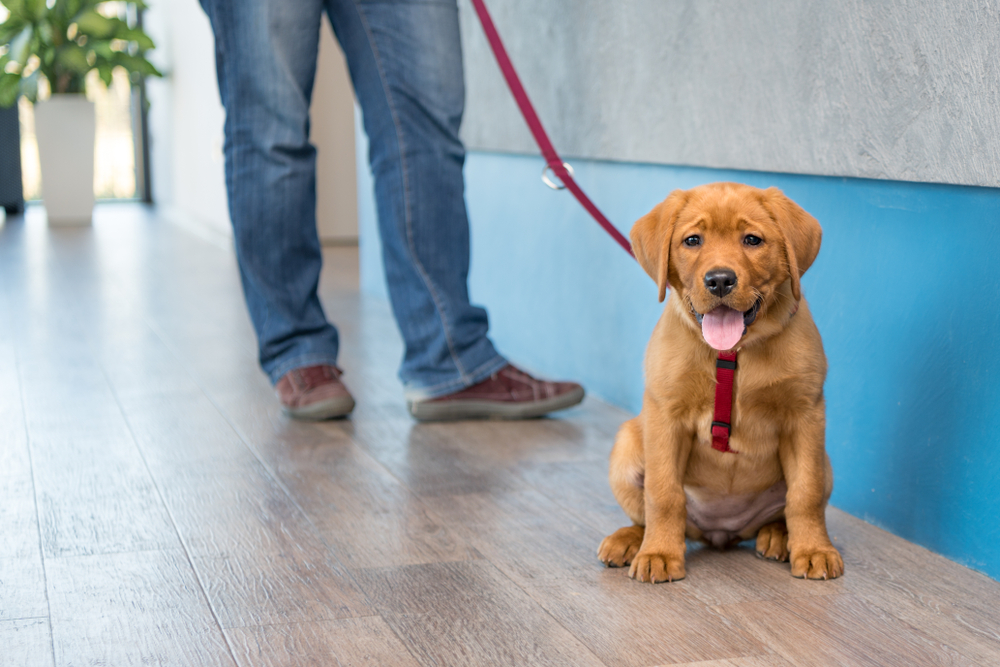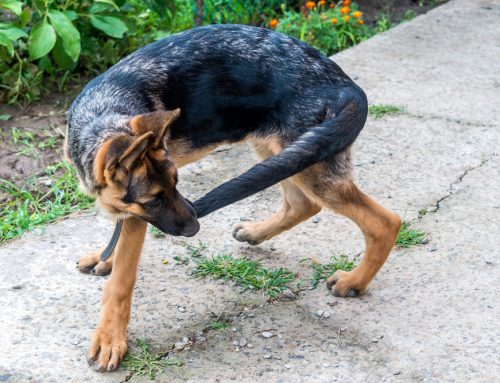Whether you’re bringing your pet in for a routine wellness examination, a diagnostic appointment, or a scheduled procedure, a successful, stress-free veterinary visit begins before you leave home. Many pets are fearful of veterinary hospitals’ unfamiliar sights, sounds, and smells, and while some stress is unavoidable, many simple anxiety-reducing strategies can help make your pet’s visit far more tolerable for everyone. Our Fremont Animal Hospital team loves our pet patients, and animals seem to pick up on how much we appreciate them. Regardless, we understand that a veterinary hospital visit can be intimidating for our furry friends, and we’re sharing five tips to help prepare your pet for a low-stress visit.
#1: Practice handling your pet
During your pet’s visit, your veterinarian will perform your furry pal’s nose-to-tail physical examination. A thorough physical exam is your pet’s veterinary care cornerstone, and our team handles every part of your furry pal’s body. Most pets aren’t accustomed to having their ears, eyes, mouth, and paws being touched—and they certainly shy away from an examination beneath their tail. Being comfortable with body handling doesn’t come naturally to all pets, but by introducing the concept of positive touch early in their life, you can help your furry pal cope with being handled. You can help your older pet learn to tolerate handling by showing patience, consistency, and positive reinforcement. Help your pet feel more comfortable by spending time manipulating different parts of their body and rewarding them with praise and a high-value treat.
#2: Ensure your pet is comfortable in a carrier
The safest and most comfortable way to transport cats and small dogs to their veterinary visit is in a carrier. Most small pets find a cozy carrier far less stressful than being loose in the car and the clinic lobby. As with most pet training, the best time to acclimate your furry pal to a carrier is while they are young, but as with training your pet to accept body handling, you can use positive reinforcement training to help them warm up to their carrier. Treats are the easiest and most tempting way to help your pet create a positive association with their carrier. Feed your pet their meals in the carrier, and reward them for going in the carrier with treats. On the day of your pet’s appointment, spray calming pheromones inside your pet’s crate and place a pheromone-infused towel over the carrier’s sides while you wait in your veterinarian’s reception area.

#3: Make your vehicle a calm oasis for your pet
For some pets, vehicle rides are stressful, setting a negative tone before you arrive for your furry pal’s veterinary visit. Offer your pet a relaxing ride by following these tips:
- Warm up the car — Nothing feels more shocking than getting into an ice-cold car, so do your pet a favor, and turn on the heat for a few minutes before putting them inside.
- Spray calming pheromones — To create a relaxing transportation ambiance, spray calming pheromones in the car before putting your pet inside.
- Play soothing background noise — To block out traffic and bumpy road sounds, turn on some relaxing music or an audiobook whose narrator has a soothing voice.
- Secure your pet — The safest place for your pet in a moving vehicle is in a crate or carrier in the backseat. For your pet’s safety and comfort, always keep them secure during travel.
- Drive smoothly — Your pet is precious cargo, and the last thing you want is for them to experience motion sickness on the way to their veterinary visit. To prevent your pet from getting sick, drive slowly and smoothly, avoiding sudden stops or erratic lane changes. Your pet—and your vehicle’s upholstery—will thank you.
#4: Arrive early to your pet’s veterinary visit
To avoid feeling rushed, give yourself plenty of time to get to your pet’s appointment. By arriving a few minutes early, you have time to walk your dog and let them go potty, or enable your cat to have a few extra minutes to adjust to the veterinary hospital’s sights, sounds, and smells. If your pet would prefer to stay in the car until their appointment, let your veterinarian team know beforehand. A team member can text you when they are ready for your pet, oftentimes allowing your stressed furry pal to bypass the reception area and enter through a door leading directly to the examining rooms. When carrying your small pet in their carrier, drape a towel over the sides, hold the carrier to your chest, and place both arms underneath to create stability and keep your furry pal’s view high enough that the other pets’ presence on the floor won’t overwhelm them.
#5: Keep calm for your pet
Not only are veterinary visits stressful for pets, but they can also be stressful for people—especially if their furry pal is unwell. However, do your best to stay calm during your pet’s veterinary visit, because they are sensitive and intuitive creatures, picking up on and emulating their owners’ emotions.
Your pet’s comfort is our team’s top priority, and we will do our best to accommodate your pet’s special needs to help make their time at our veterinary hospital more pleasant. If you have questions about your pet’s upcoming veterinary visit or to schedule their wellness examination, contact our Fremont Animal Hospital team.















Leave A Comment